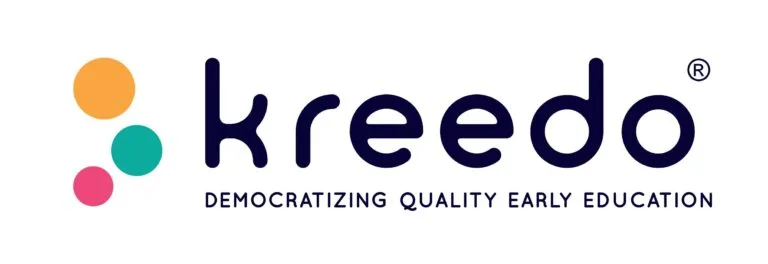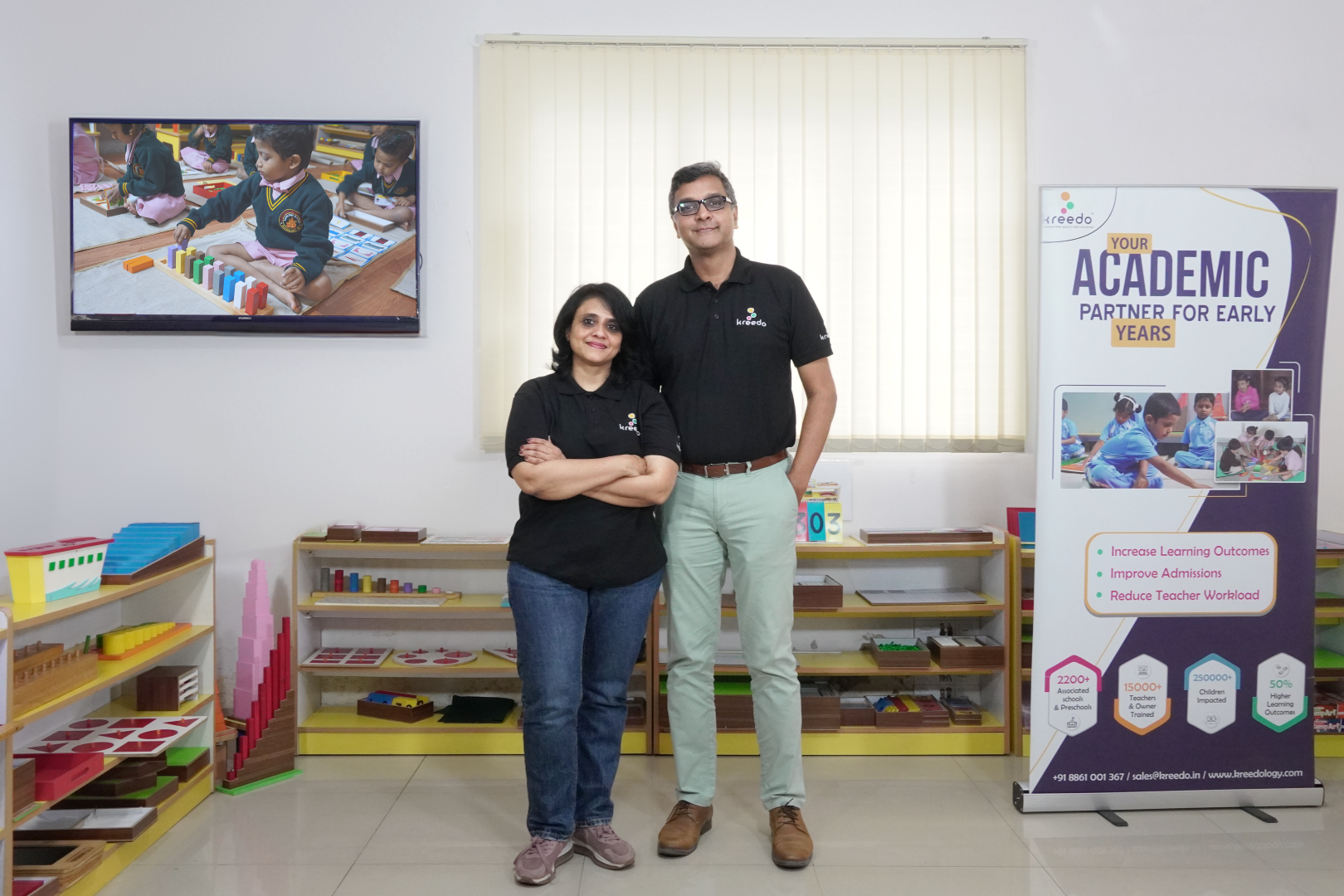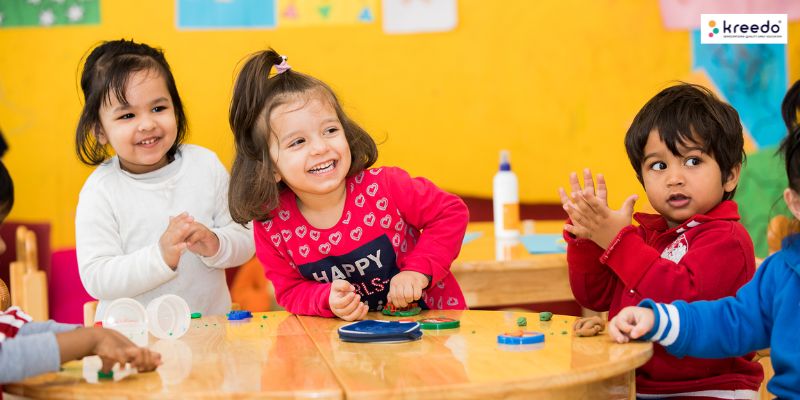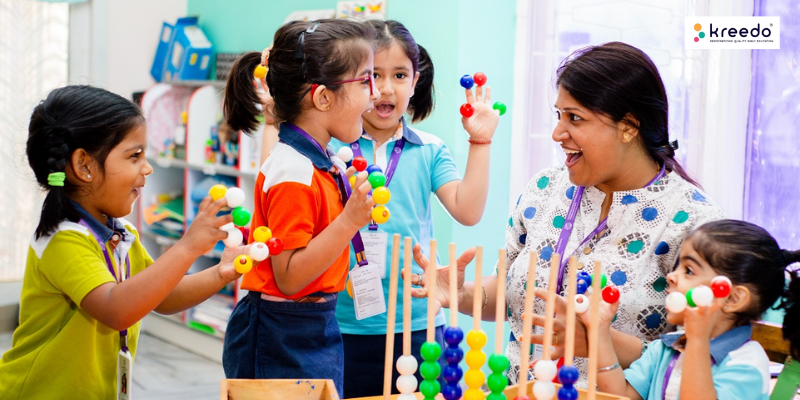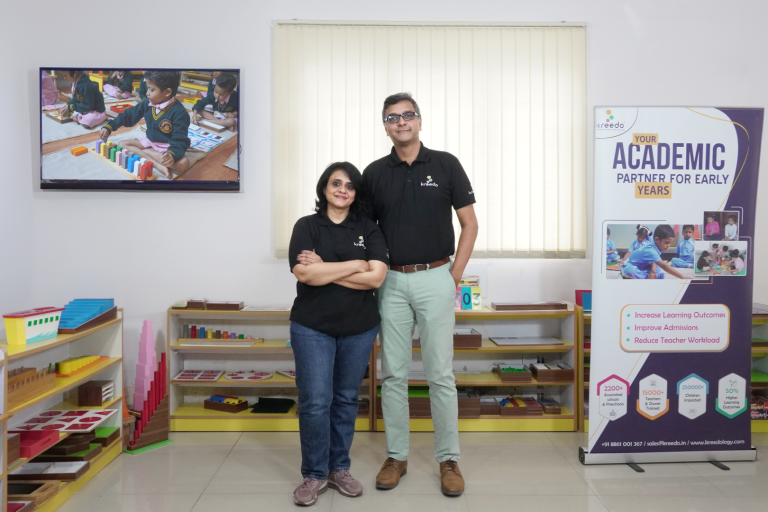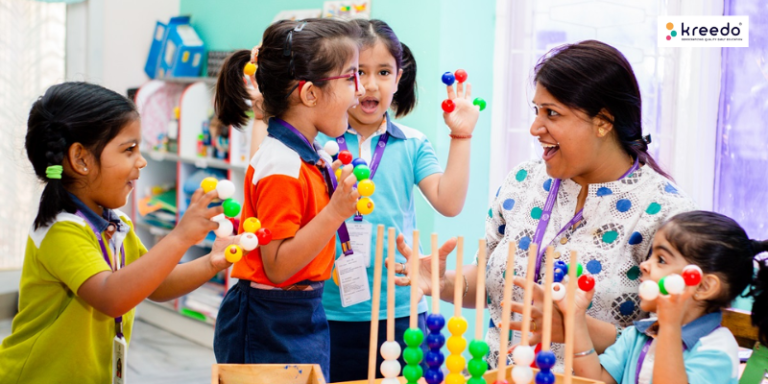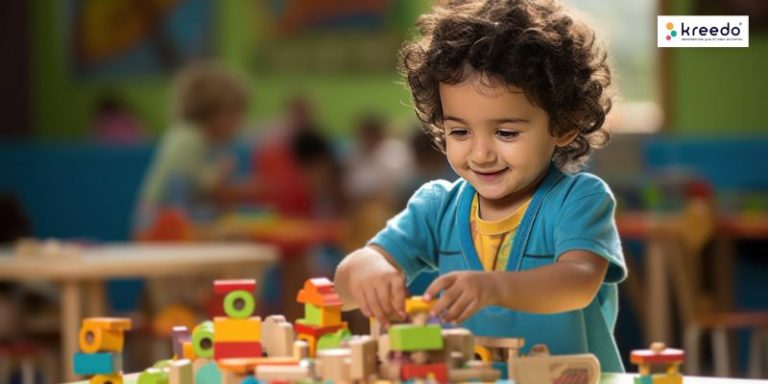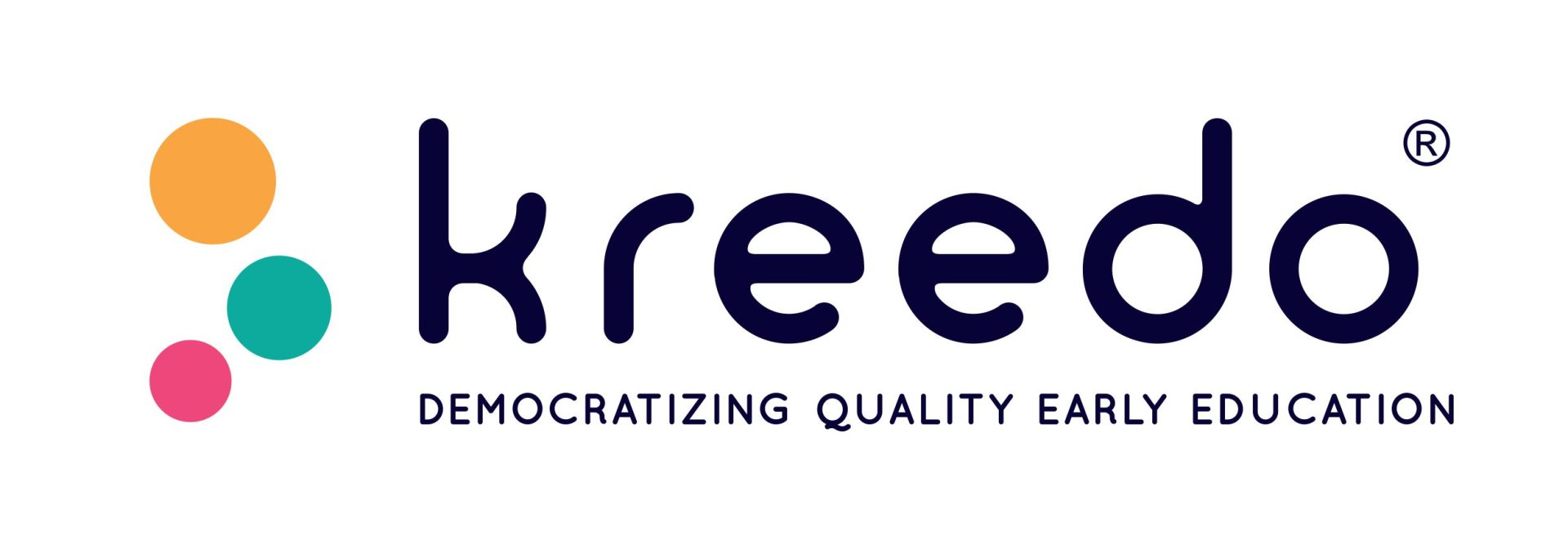Language is nothing but verbal comprehension and verbal fluency which means the ability to comprehend, written and spoken linguistic output and the ability to produce linguistic output. Speech perception finds the same pattern of progression from more general to specific abilities.
In the first few years of life every human seems to progress through the following steps:
-
- Cooing
- Babbling
- One-word utterances
- Two-word utterances
- Basic adult sentence structure
These steps are explained below:
-
- Cooing: Attained before 6 months of age
The emotional expression of infants seems to match to their caregivers. From day 1, infants appear to be programmed to tune into their linguistic environment with the specific goal of acquiring language. Infants cry to communicate with the environment and they succeed, as they are always attended to when they cry! Cooing is the oral expression that explores the production of all possible sounds that humans can produce. The cooing of infants across the world is indistinguishable, across babies and across languages. This means that whether the baby is Indian or Australian, their cooing will sound the same.
-
- Babbling: Attained between 6 months to 1 year of age
Babbling is the infant’s preferential production of only/ those distinct sounds which are of the infant’s own language. The ability of infants to perceive as well as produce non–phonemic sounds recede during this stage. Babbling is distinguishable according to the infant’s native and mother tongue. This means at this stage you will be able to differentiate between the babbling of an Australian child and that of an Indian child.
-
- One-word Utterances: Attained between 1- 3 years
The infant utters his/her first word and these are called bolo phrases. These are used to convey the needs and interests of the child as well as these can be nouns describing familiar objects.
-
- Two-word Utterances: Attained between 1- 3 years
The child starts combining single words to produce two-word utterances and then begins to understand word structure and sentence structure.
-
- Basic Adult Sentence Structure: Attained after 3 years of age
Here the child’s vocabulary expands rapidly. By 2 years of age, the child learns 300 words. By 3 years of age, the child acquires 1000 words. By the age of 4, the child acquires the foundation of adult syntax and large sentence structure. By 5 years the child can understand and produce complex and uncommon sentence construction. By 10 years, the child’s language is fundamentally the same as that of adults.
Tips for parents and Teachers, to stimulate language acquisition in children.
-
- Talk to children frequently
- Avoid parrot talks while talking to children
- Provide opportunities for children to speak and express themselves
- Listen to children while they are talking and try to make subtle corrections
- Stimulate their speech with rhymes, songs, stories, and role plays
Written by:
Heerashreee Patil and Krutika Chanda
IV Year, Human Development and Family Studies Course
College of Rural Home Science
University of Agricultural Sciences
Dharwad
